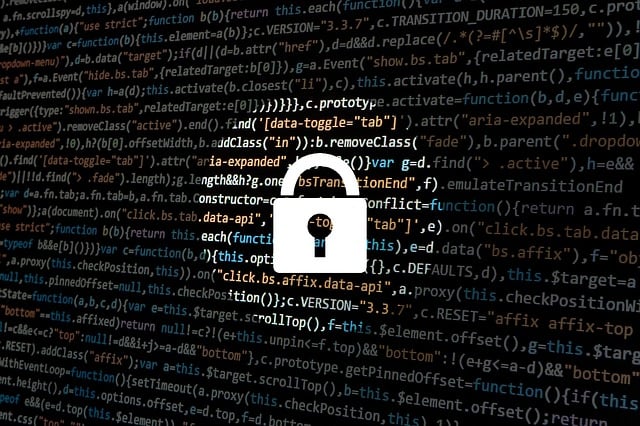
Do you worry about falling victim to a ransomware attack? Unfortunately, it’s a valid concern in today’s digital age. Ransomware attacks have become increasingly prevalent, targeting both individuals and businesses alike.
In this article, we will delve into the world of ransomware attacks, exploring what they are and how you can protect yourself.
Ransomware is a type of malicious software that encrypts your files and demands a ransom in exchange for their release. It can infiltrate your computer through various means, such as phishing emails or compromised websites. Once your files are encrypted, you may lose access to them unless you pay the demanded ransom.
The impacts of ransomware attacks can be devastating, leading to financial loss, reputational damage, and even legal consequences. However, there are proactive steps you can take to prevent becoming a victim. By implementing robust security measures, staying vigilant against suspicious emails and websites, and regularly backing up your files, you can significantly reduce your risk.
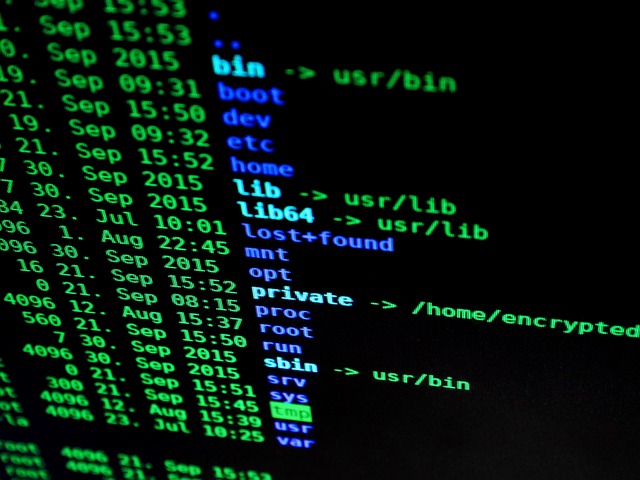
In the following sections, we will explore the inner workings of ransomware attacks, discuss the risks involved, and provide practical tips on preventing such attacks. By the end of this article, you will be equipped with the knowledge and tools necessary to safeguard yourself against ransomware threats.
Key Takeaways
- Ransomware attacks are a growing concern and can result in financial loss, reputational damage, and legal consequences.
- Implementing robust security measures, staying vigilant against suspicious emails and websites, and regularly backing up files can reduce the risk of becoming a victim of ransomware.
- Regularly updating software and systems, using strong passwords and multi-factor authentication, and educating employees about safe browsing habits are crucial in preventing ransomware attacks.
- Promptly reporting ransomware incidents to authorities and seeking professional help from cybersecurity experts and incident response teams is important for swift and effective action against cybercriminals.
Introduction
Ransomware attacks, they’re a growing threat in today’s digital world, but don’t worry, we’ve got you covered with everything you need to know to protect yourself.
In this introduction, we will provide you with an overview of what ransomware attacks are and how they can impact you.
Ransomware attacks are a type of cyber attack where malicious actors encrypt your files or lock you out of your device until you pay a ransom. These attacks can cause significant damage to individuals and organizations, resulting in financial loss, data breaches, and disruption of day-to-day operations.
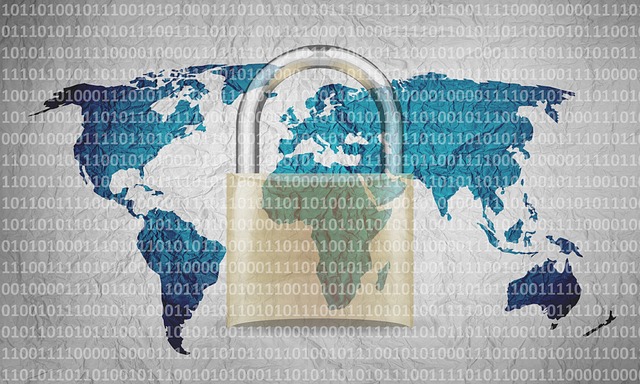
It is crucial to understand the importance of cyber security and take necessary measures to protect yourself from such attacks. By implementing strong security measures, regularly updating your software, being cautious of suspicious emails or links, and backing up your data, you can minimize the risk of falling victim to ransomware attacks.
Understanding Ransomware Attacks
To understand ransomware attacks, it’s important to know the definition and characteristics of ransomware. Ransomware is a type of malicious software that encrypts your files and holds them hostage until you pay a ransom. It typically targets individuals and organizations, and its main goal is financial gain.
Additionally, understanding the common delivery methods of ransomware is crucial in protecting yourself. These methods include phishing emails, malicious attachments, exploit kits, and drive-by downloads.
By being aware of these key points, you can better protect yourself against ransomware attacks.
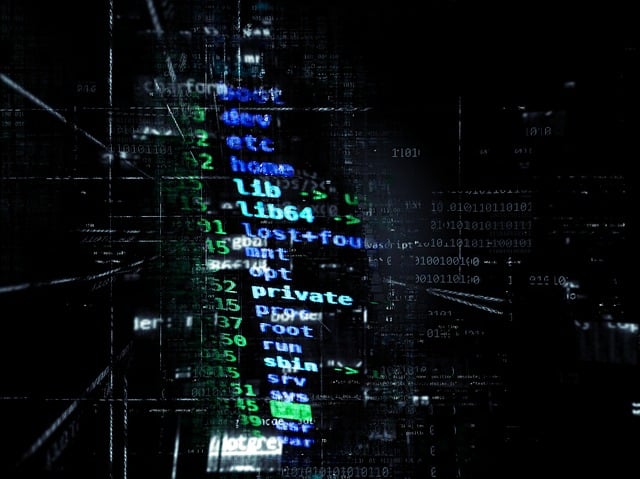
Definition and Characteristics of Ransomware
Make sure you understand the definition and characteristics of ransomware, so you can better protect yourself from its devastating effects.
Ransomware is a type of malware that encrypts your files and holds them hostage until you pay a ransom. It typically enters your system through phishing emails or malicious downloads. Once your files are encrypted, you lose access to them until you pay the demanded amount.
To prevent ransomware attacks, it’s crucial to have strong cybersecurity measures in place. Regularly update your antivirus software and operating system, and be cautious when opening email attachments or clicking on suspicious links.
Implement backup strategies to regularly back up your important files to an external device or cloud storage. Additionally, develop an incident response plan to quickly address and mitigate any potential ransomware incidents.

Common Delivery Methods
Phishing emails and malicious attachments are one common delivery method for ransomware attacks. Be cautious of suspicious emails that ask you to click on a link or download an attachment, especially from unknown senders.
Exploit kits and drive-by downloads are another way ransomware can infect your system, often through compromised websites or malicious advertisements.
Stay vigilant and keep your antivirus software up to date to protect yourself from these threats.
Phishing emails and malicious attachments
Despite their innocent appearance, phishing emails and attachments can wreak havoc on your personal information and computer systems. Cybersecurity experts warn that these deceptive tactics are a common way for ransomware to infiltrate your devices.
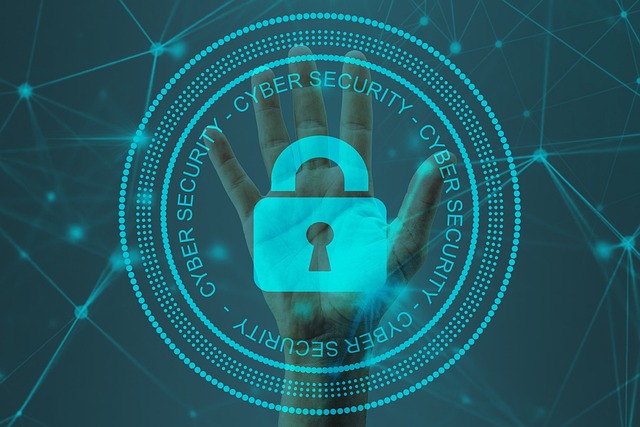
Opening an email or downloading a malicious attachment can lead to the encryption of your files and a demand for payment.
Protect yourself by being cautious of suspicious emails, avoiding clicking on unknown links, and regularly updating your antivirus software.
Exploit kits and drive-by downloads
Now that you know how phishing emails and malicious attachments can be used to deliver ransomware, it’s important to be aware of another method cybercriminals use: exploit kits and drive-by downloads.
These sneaky tactics exploit vulnerabilities in your software or web browser, allowing malware to be downloaded without your knowledge.
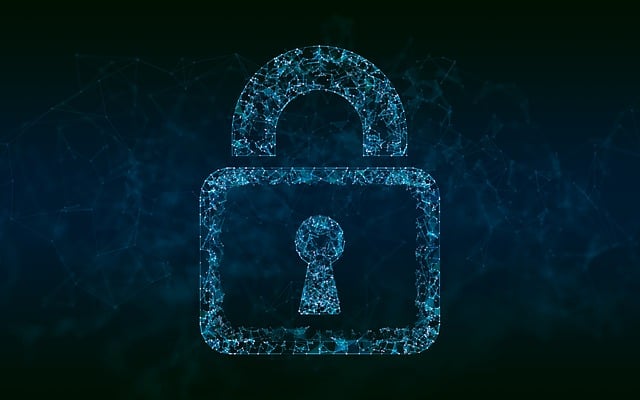
To protect yourself, make sure to keep your software updated, use strong firewalls, and report any suspicious activity to law enforcement authorities to help prevent data breaches.
How Ransomware Works
In this subtopic, you’ll learn how ransomware works and the key points surrounding it.
The encryption process and file locking are the first steps. The attacker encrypts your files to make them inaccessible.
Ransom notes and extortion demands follow. The attacker demands payment in exchange for the decryption key.

Lastly, you’ll explore the different types of ransomware that exist, each with its own unique characteristics and methods of attack.
Encryption Process and File Locking
To ensure your files are protected, let’s dive into the encryption process and how it locks your valuable data.
When ransomware infects your system, it starts by scanning your files and selecting specific ones to encrypt. It uses a complex algorithm to scramble the data, making it unreadable without a decryption key. This encryption process is what locks your files and prevents you from accessing them.
Once the encryption is complete, the ransomware displays a ransom note, demanding payment in exchange for the decryption key. It’s important to note that paying the ransom doesn’t guarantee you’ll get your files back, and it may even encourage further attacks.

That’s why it’s crucial to take preventive measures and regularly back up your files to external devices or cloud storage to protect yourself from these insidious attacks.
Ransom Notes and Extortion Demands
Once the encryption process is complete, a ransom note is displayed, demanding payment in exchange for the decryption key. This note usually appears as a pop-up or a text file on your screen.
The attackers want to make sure you know that your files are locked and that they have the power to unlock them. The note will often include instructions on how to pay the ransom, such as using cryptocurrencies like Bitcoin to ensure anonymity. They may also set a deadline for payment, threatening to delete your files if you don’t comply.
It’s important to remember that paying the ransom does not guarantee that you’ll get your files back. In fact, it may encourage further attacks. Therefore, it’s best to report the incident to law enforcement and seek professional help to remove the ransomware from your system.

Types of Ransomware
In this discussion, we will explore two types of ransomware that you should be aware of: encrypting ransomware and locker ransomware.
Encrypting ransomware is a malicious software that encrypts your files, making them inaccessible until you pay a ransom.
On the other hand, locker ransomware locks you out of your device itself, preventing you from accessing any of your files or programs.
It’s important to understand these types of ransomware in order to better protect yourself against potential attacks.

Encrypting Ransomware
Encrypting ransomware, also known as file-encrypting malware, locks up your important files and demands a ransom to release them. It works by encrypting your files, making them inaccessible until you pay the ransom. Once your files are encrypted, you won’t be able to open or use them.
To protect yourself from encrypting ransomware, regularly back up your files, keep your software up to date, and be cautious of suspicious email attachments or links.
Locker Ransomware
To defend against locker ransomware, you should always be cautious of suspicious email attachments or links, back up your files regularly, and keep your software up to date.
Locker ransomware is a type of ransomware that locks you out of your computer or mobile device, preventing you from accessing your files or applications. It typically displays a message demanding payment in exchange for unlocking your device.
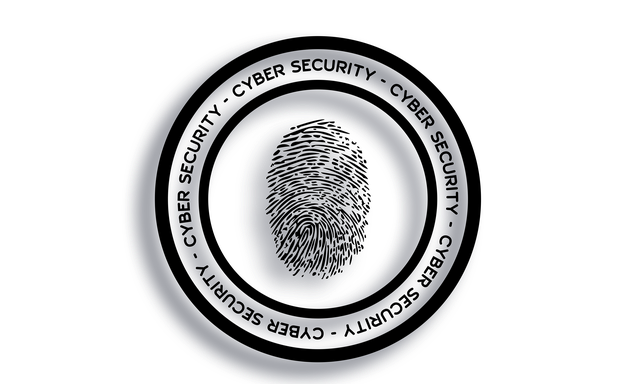
By following these precautions, you can minimize the risk of falling victim to locker ransomware.
Risks and Impacts of Ransomware Attacks
When it comes to ransomware attacks, there are several risks and impacts that you need to be aware of.
First and foremost, you may experience a loss of access to your files and data, which can be incredibly frustrating and disruptive to your business operations.
Additionally, there can be significant financial and operational consequences, as you might be forced to pay a hefty ransom or invest in extensive cybersecurity measures to recover from the attack.

Lastly, a ransomware attack can damage your reputation and even put your customers’ data at risk if there’s a data breach.
Loss of Access to Files and Data
Losing access to your files and data can feel like being locked out of your own digital world. Ransomware attacks are designed to encrypt your files, making them inaccessible until you pay a ransom to the attackers. This loss of access can have serious consequences for individuals and businesses alike.
Imagine not being able to access your important documents, family photos, or even your financial records. It can disrupt your personal and professional life, causing stress and frustration.
Moreover, the impact can extend beyond just the initial loss. If you don’t have proper backups, you may never be able to retrieve your files, resulting in permanent data loss.
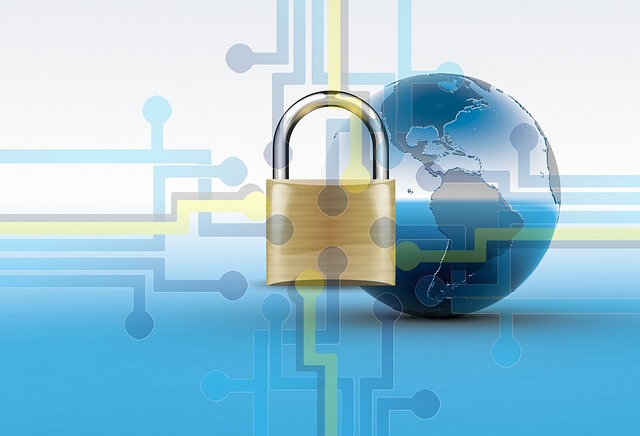
To protect yourself, it’s crucial to regularly back up your files and keep your antivirus software up to date.
Financial and Operational Consequences
Now that you understand the potential loss of access to your files and data due to ransomware attacks, it’s crucial to grasp the financial and operational consequences that can follow.
When your files are held hostage by cybercriminals, it’s not just your personal information that’s at risk – it’s also your financial stability and business operations. Ransomware attacks can result in significant financial losses, as you may be forced to pay a hefty ransom to regain access to your data.
Moreover, the downtime caused by these attacks can have severe operational implications, leading to disruptions in your day-to-day activities and potentially damaging your reputation among clients and customers.
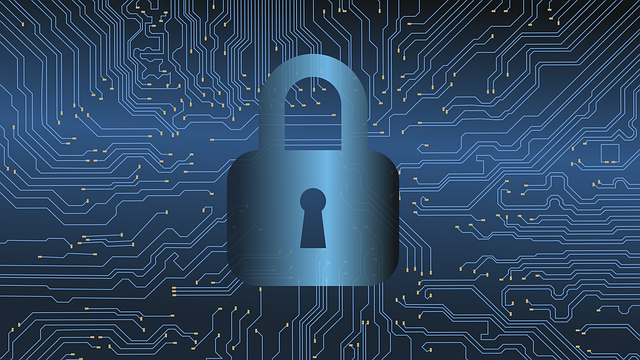
It’s essential to take proactive measures to protect yourself from ransomware attacks and mitigate the financial and operational risks they pose.
Reputation Damage and Data Breach Risks
By neglecting to secure your data and failing to implement proper cybersecurity measures, you risk tarnishing your reputation and exposing sensitive information to potential breaches.
Reputation damage is a significant consequence of ransomware attacks. When your customers and clients find out that their personal information has been compromised, their trust in your organization diminishes. This can lead to a loss of business and a damaged brand image.
Additionally, data breach risks are a serious concern. Ransomware attacks can result in the theft or exposure of confidential data, including financial records, customer details, and trade secrets. This not only violates privacy regulations but also puts your organization at risk of legal repercussions and financial penalties.
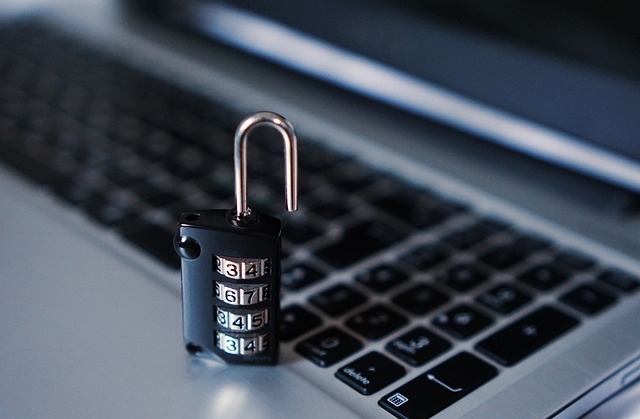
It is crucial to prioritize cybersecurity and take proactive measures to safeguard your data and protect your reputation.
Preventing Ransomware Attacks
To prevent ransomware attacks, it’s crucial for you to focus on employee education and training. By providing your employees with the necessary knowledge and skills to identify and avoid potential threats, you can significantly reduce the risk of an attack.
Additionally, regularly updating your software and systems is essential to patch any vulnerabilities that attackers could exploit.
Lastly, implementing robust security measures, such as strong passwords and multi-factor authentication, can further safeguard your systems and data from ransomware attacks.
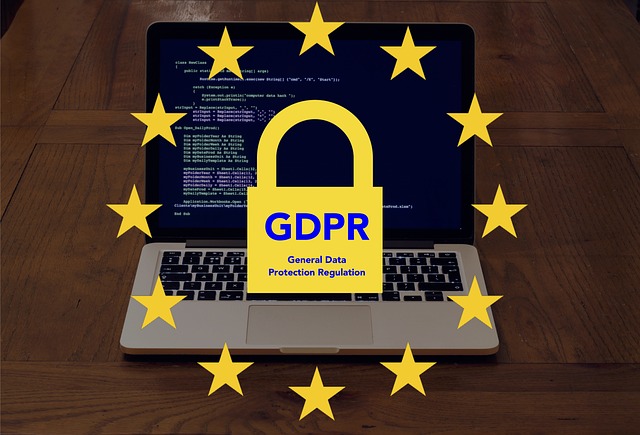
Employee Education and Training
To protect yourself from ransomware attacks, it’s important to recognize phishing emails and suspicious links. Be cautious when downloading files or opening attachments, as they may contain malicious software. By staying alert and exercising caution, you can help prevent the spread of ransomware and protect your personal and professional information.
Recognizing phishing emails and suspicious links
Spotting sketchy emails and dodgy links is crucial in protecting yourself from phishing attacks.
Always be skeptical of emails asking for personal information or urging you to click on suspicious links.
Pay attention to the sender’s email address and look for any grammatical errors or unusual formatting.
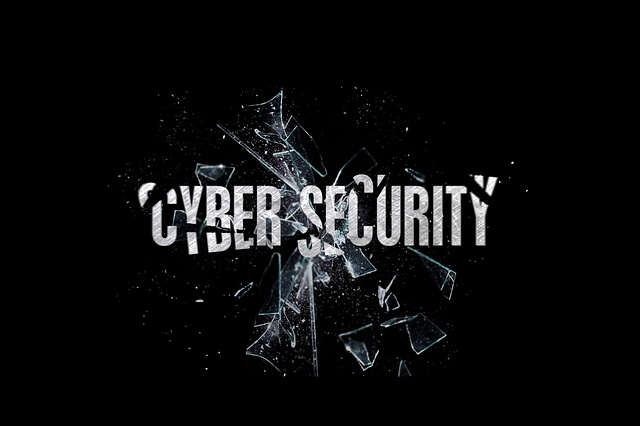
Avoid clicking on links that seem suspicious or unfamiliar, and never provide sensitive information unless you’re certain of the email’s legitimacy.
Stay vigilant and trust your instincts.
Exercising caution when downloading files or opening attachments
When downloading files or opening attachments, it’s important to exercise caution to ensure the safety of your computer and personal information. Always be wary of files or attachments from unknown sources, as they may contain malicious software.
Before opening any attachments, scan them with an up-to-date antivirus program.

Additionally, avoid downloading files from untrusted websites, and double-check the file extensions to ensure they match the file types you expect.
Keeping Software and Systems Updated
Make sure you regularly update your software and systems to stay one step ahead of potential ransomware attacks and protect yourself from devastating consequences.
Keeping your software and systems updated is crucial in safeguarding your data and preventing cybercriminals from exploiting vulnerabilities. Hackers are constantly searching for weaknesses in outdated software, which they can exploit to gain access to your sensitive information and hold it hostage for ransom.
By applying patches and security updates provided by software vendors, you ensure that any known vulnerabilities are patched up, making it harder for attackers to breach your defenses.

Additionally, updating your systems also improves their overall performance and functionality, providing you with a smoother and more secure digital experience.
So, don’t delay, make updating your software and systems a top priority to keep ransomware at bay.
Implementing Robust Security Measures
To protect yourself from ransomware attacks, it’s crucial to implement robust security measures.
First, make sure to have reliable antivirus and anti-malware software installed on your devices. This will help detect and remove any malicious software that could potentially compromise your data.

Additionally, consider using firewalls and intrusion detection systems to monitor and block unauthorized access to your network.
Lastly, implement email filtering and spam protection to prevent phishing emails and malicious attachments from reaching your inbox.
By taking these steps, you can significantly reduce the risk of falling victim to ransomware attacks.
Antivirus and Anti-malware Software
If you want to safeguard your digital life, using antivirus and anti-malware software is essential. These software programs act as a shield against malicious viruses and malware that can infect your devices and compromise your data. They constantly scan your system, detecting and removing any threats they come across.
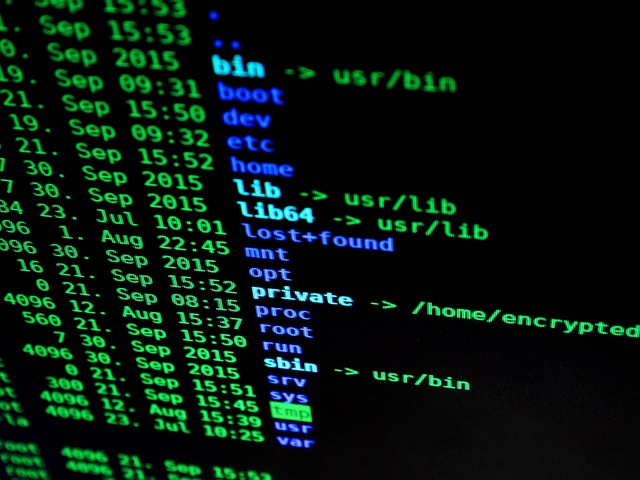
With regular updates, they can stay ahead of the latest malware, ensuring your devices are protected at all times. Don’t underestimate the importance of having reliable antivirus and anti-malware software installed on your devices.
Firewalls and Intrusion Detection Systems
A crucial step in fortifying your digital security is implementing firewalls and intrusion detection systems. These provide an added layer of protection against unauthorized access and network attacks.
Firewalls act as a barrier between your device and the internet. They monitor incoming and outgoing traffic to block potential threats.
Intrusion detection systems analyze network activity for any suspicious behavior. They alert you to potential attacks and help you respond quickly to mitigate the damage.
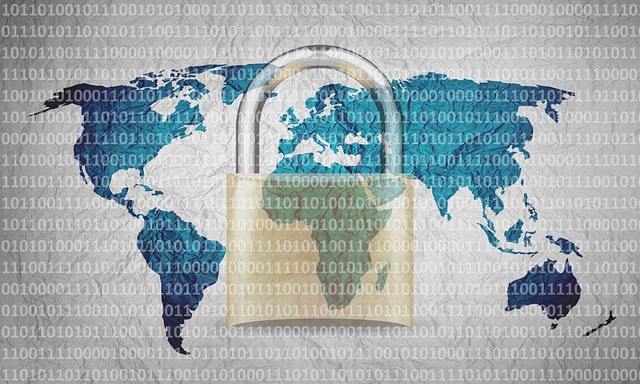
Email Filtering and Spam Protection
Implementing email filtering and spam protection is essential for safeguarding your digital communication and ensuring that unwanted and potentially harmful messages are kept out of your inbox. By using email filtering software, you can automatically block and redirect suspicious emails that may contain ransomware or other malicious content.
Spam protection also helps to minimize the amount of unwanted promotional emails and phishing attempts, providing you with a safer and more efficient email experience.
Backup and Recovery Strategies
To protect yourself from ransomware attacks, it’s essential to have a strong backup and recovery strategy in place. Regularly backing up your data ensures that you have the most recent version available in case of an attack.
Testing and verifying the backup integrity is crucial to ensure that your backups are complete and can be restored successfully. Additionally, creating a disaster recovery plan helps you outline the steps to take in the event of an attack, minimizing the impact on your business.
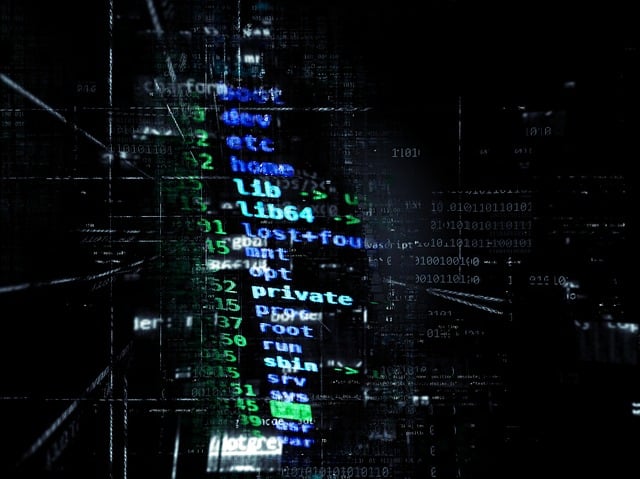
Regular Data Backups
Make sure you regularly back up your data to protect yourself from ransomware attacks and the devastating loss of your personal information. Regular data backups are essential in safeguarding your files and ensuring you can recover them in case of an attack.
By creating backups, you’re creating copies of your important files and storing them elsewhere. This ensures that even if your computer or device is compromised by ransomware, you can still access your data from a secure location.
It’s recommended to have both offline and cloud backups to maximize protection. Offline backups, such as external hard drives or USBs, provide a physical copy of your files that can’t be accessed by hackers. Cloud backups, on the other hand, offer remote storage options that allow you to access your data from anywhere with an internet connection.
By implementing regular data backups, you can minimize the impact of ransomware attacks and protect your valuable information.

Testing and Verifying Backup Integrity
Now that you understand the importance of regular data backups, let’s delve into the next crucial step in protecting yourself from ransomware attacks: testing and verifying backup integrity.
It’s not enough to simply create backups; you must ensure they’re reliable and can be restored successfully when needed. By regularly testing your backups, you can identify any issues or errors before it’s too late.
This involves simulating a restore process and verifying that all data is intact and accessible. Remember, ransomware attacks can strike at any moment, and having a backup that’s corrupted or incomplete would leave you vulnerable and helpless.
So, take the time to verify the integrity of your backups regularly, giving you peace of mind and a solid defense against potential ransomware threats.
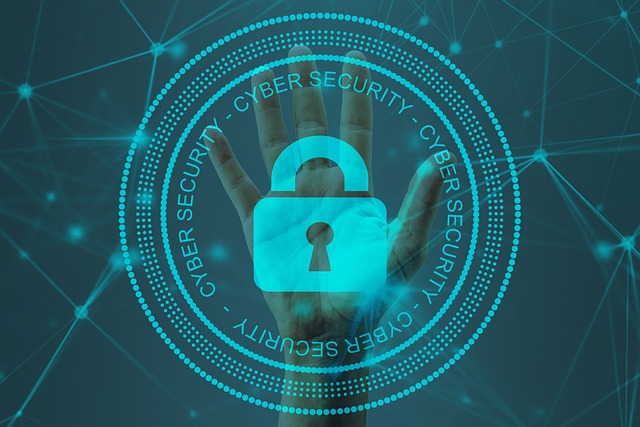
Creating a Disaster Recovery Plan
First things first, start by developing a solid disaster recovery plan to safeguard your data and minimize any potential downtime.
Begin by identifying the critical components of your business operations and prioritize them accordingly. Determine the acceptable recovery time objectives (RTOs) and recovery point objectives (RPOs) for each component.
Next, establish a clear chain of command and designate responsible individuals for each task in the recovery process. Create an inventory of necessary resources, such as backup systems and alternative communication channels.
Regularly test and update your disaster recovery plan to ensure its effectiveness. Train your employees on the plan’s execution and provide them with clear instructions on their roles and responsibilities during a disaster.
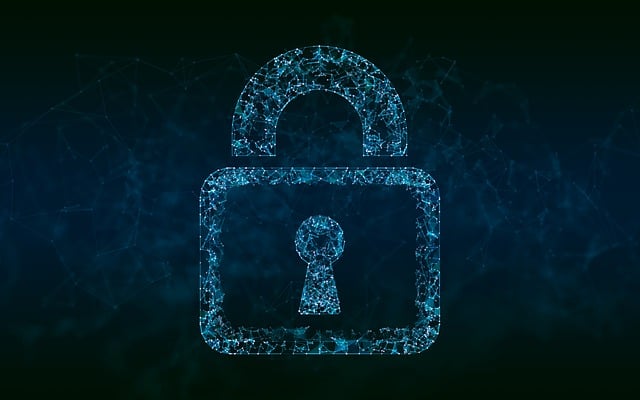
By taking these proactive measures, you can better protect your business from the impacts of ransomware attacks.
Incident Response and Mitigation
To effectively respond to a cybersecurity incident, it’s crucial to implement isolation and quarantine measures to prevent further spread of the attack within your network. This involves disconnecting affected systems from the network and restricting access to them.
Additionally, it’s important to report the incident to the appropriate authorities, such as law enforcement or regulatory agencies. They can provide valuable assistance in investigating and mitigating the incident.
Finally, engaging cybersecurity experts and incident response teams can help in assessing the extent of the breach, identifying the vulnerabilities exploited, and implementing appropriate remediation measures to prevent future incidents.

Isolation and Quarantine Measures
Implementing robust isolation and quarantine measures is crucial in safeguarding against the devastating effects of ransomware attacks. By isolating infected systems or networks, you can prevent the spread of ransomware and minimize the damage it can cause. This involves disconnecting affected devices from the network immediately to stop the malware from spreading to other devices.
Additionally, quarantining infected files and removing them from the network can help contain the attack and prevent further encryption or data loss. It is important to regularly update antivirus software and firewalls to detect and block ransomware threats effectively.
Educating employees about safe browsing habits, avoiding suspicious emails or attachments, and regularly backing up critical data can also contribute to a strong defense against ransomware attacks.
Remember, implementing stringent isolation and quarantine measures is essential to protect yourself and your organization from the devastating consequences of ransomware attacks.

Reporting the Incident to Authorities
One crucial step in dealing with a ransomware incident is promptly reporting it to the authorities. As soon as you realize you’ve fallen victim to a ransomware attack, it’s important to contact your local law enforcement agency or cybercrime unit.
They have the expertise and resources to investigate the incident and potentially identify the attackers. When reporting the incident, provide as much detail as possible. Include the date and time of the attack, any suspicious emails or links that may have led to the infection, and any ransom demands received.
By reporting the incident, you not only increase the chances of catching the culprits but also contribute to a collective effort in tackling cybercrime.
Remember, prompt reporting is essential in minimizing the impact of a ransomware attack and protecting yourself and others from future incidents.

Engaging Cybersecurity Experts and Incident Response Teams
Hiring cybersecurity experts and incident response teams can provide invaluable support and expertise, ensuring swift and effective action against cybercriminals. When dealing with a ransomware attack, it’s crucial to engage these professionals to minimize damage and prevent further infiltration.
These experts have the technical knowledge and experience to:
- Identify the source of the attack
- Assess the extent of the breach
- Develop a tailored response strategy
They can also help in:
- Containing the attack
- Recovering encrypted data
- Restoring systems to a secure state
Additionally, cybersecurity experts can provide guidance on strengthening security measures and implementing preventive measures to mitigate the risk of future attacks. By seeking their assistance, you can significantly enhance your chances of successfully combating ransomware threats and safeguarding your digital assets.

Ransomware Payment Considerations
When it comes to ransomware payment considerations, there are several key points to keep in mind.
First, you need to understand the risks and ethical dilemmas associated with paying the ransom.
Second, it’s important to discourage ransom payment in order to prevent the growth of this criminal activity.
Finally, it’s crucial to consider the legal and law enforcement perspectives when deciding whether or not to pay the ransom.
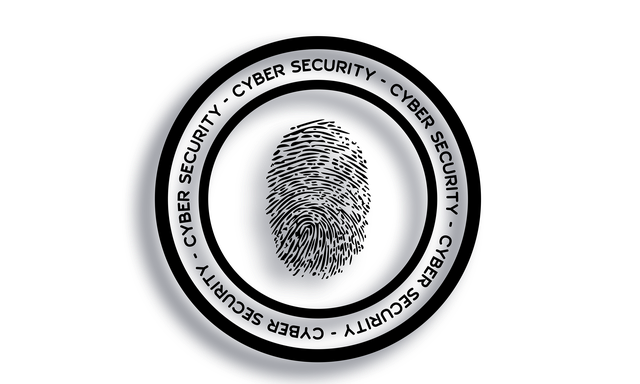
Risks and Ethical Dilemmas
To protect yourself from ransomware attacks, you need to be aware of the potential risks and ethical dilemmas that come with it.
One of the major risks is the loss of your personal data. Ransomware attackers often encrypt your files and demand payment in exchange for the decryption key. However, there’s no guarantee that they’ll actually provide the key or that your files will be restored even if you pay.
Moreover, paying the ransom can encourage attackers to continue their malicious activities, as they see it as a profitable venture.
Additionally, there’s an ethical dilemma surrounding paying the ransom. By giving in to the attackers’ demands, you may inadvertently be supporting criminal activities and funding further attacks.

It’s important to consider these risks and ethical implications when dealing with ransomware attacks.
Discouraging Ransom Payment
If you want to take a stand against ransom payments, you should consider the potential consequences and the ethical implications involved.
Paying the ransom may seem like a quick fix to regain access to your data, but it only encourages the criminals to continue their attacks. By giving in to their demands, you are supporting their illegal activities and funding their operations. Moreover, there’s no guarantee that paying the ransom will actually result in your data being restored. These cybercriminals are known for their dishonesty and may not honor their promises.
Instead of rewarding their behavior, it’s important to report the attack to the authorities and seek professional help to recover your data. By refusing to pay the ransom, you’re sending a strong message that you won’t be held hostage and are actively discouraging these criminals from further exploiting others.
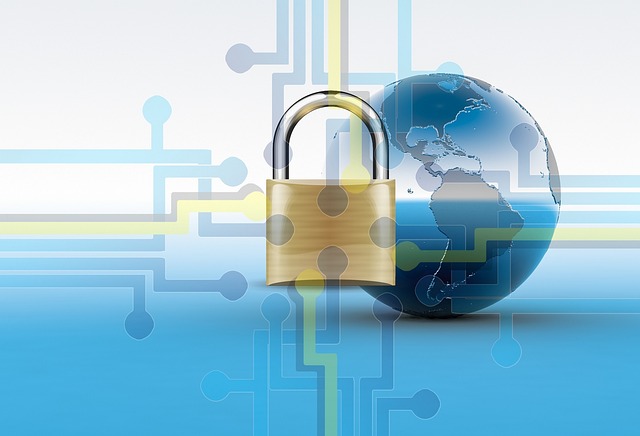
Legal and Law Enforcement Perspectives
Consider the legal and law enforcement perspectives on ransomware and its impact, as it sheds light on the severity of the issue and the collective efforts required to combat it.
Law enforcement agencies play a crucial role in investigating and prosecuting ransomware attacks. They work tirelessly to identify the perpetrators and bring them to justice.
Collaboration between local, national, and international law enforcement agencies is essential to effectively combat this global threat.
Additionally, governments around the world are enacting laws and regulations to address ransomware attacks and impose penalties on those involved. These efforts aim to deter potential attackers and provide a legal framework for prosecuting cybercriminals.
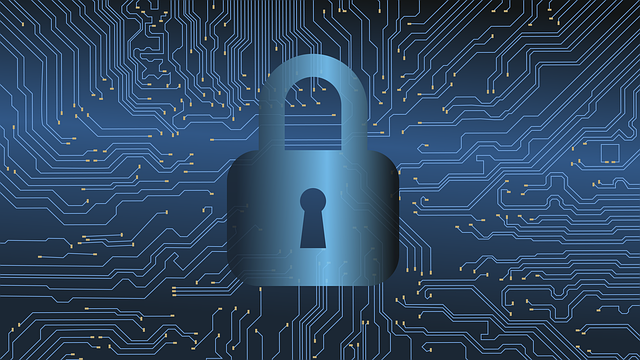
It is important for individuals and organizations to cooperate with law enforcement agencies, report incidents promptly, and provide any necessary information to help in the fight against ransomware.
Case Studies and Lessons Learned
In this discussion, you’ll explore notable ransomware attacks and their outcomes, as well as key takeaways and best practices.
You’ll examine real-life case studies to understand the impact of ransomware attacks on organizations and individuals.
By learning from these examples, you’ll gain insights into how to better protect yourself and your data from future ransomware threats.
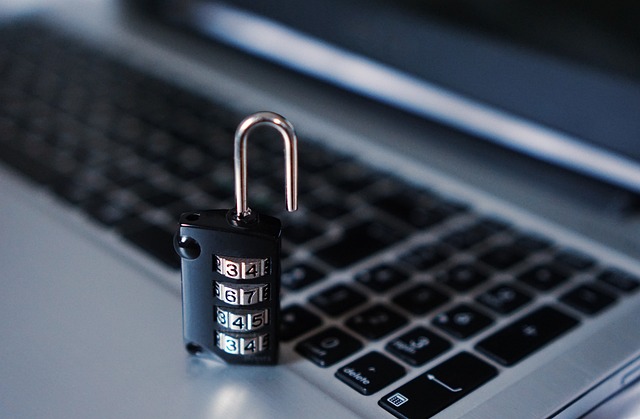
Notable Ransomware Attacks and Outcomes
One of the most infamous ransomware attacks, WannaCry, caused widespread havoc and financial losses across the globe, serving as a stark reminder of the escalating threat posed by cybercriminals.
The attack occurred in May 2017 and targeted computers running the Microsoft Windows operating system. It encrypted files and demanded a ransom payment in bitcoin.
The attack spread rapidly, infecting over 200,000 computers in 150 countries within a few days. The consequences were devastating, with hospitals, businesses, and government agencies being severely impacted.
The attack highlighted the vulnerability of outdated software systems and the importance of regularly updating and patching them. It also emphasized the need for individuals and organizations to have robust backup systems in place to mitigate the impact of such attacks.
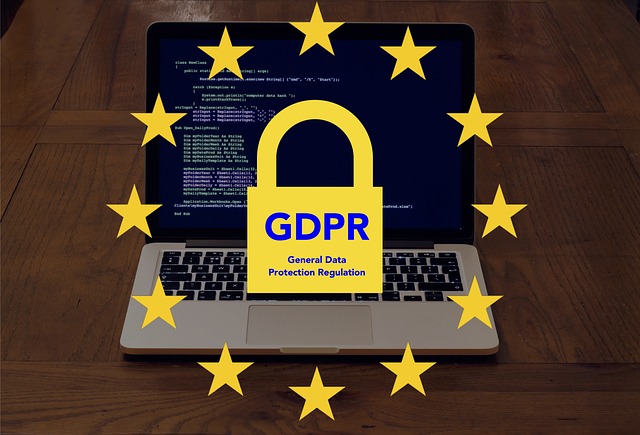
Key Takeaways and Best Practices
Start by prioritizing regular software updates and patches to keep your systems secure and stay one step ahead of potential cyber threats. Ransomware attacks can have devastating consequences, so it’s crucial to follow best practices to protect yourself.
- Backup your data regularly and store it in a secure location, separate from your main network.
- Educate yourself and your employees about the risks of phishing emails and suspicious attachments.
- Implement strong and unique passwords for all accounts, and enable two-factor authentication whenever possible.
- Invest in reliable security software and keep it up to date.
- Regularly monitor your network for any signs of unusual activity or unauthorized access.
- Lastly, have a well-defined incident response plan in place to minimize damage and quickly restore your systems in case of an attack.
By following these best practices, you can significantly reduce your risk of falling victim to a ransomware attack.
Conclusion
To wrap things up, remember that staying vigilant and taking proactive steps to protect yourself from ransomware attacks is crucial in today’s digital landscape.
Ransomware attacks continue to pose a significant threat, targeting individuals, businesses, and even government institutions.
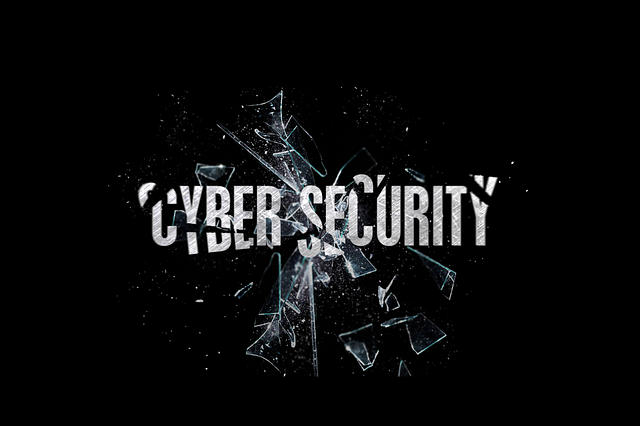
As we discussed earlier, it’s essential to regularly update your devices and software to ensure you have the latest security patches.
Additionally, be cautious when clicking on links or downloading attachments from unknown sources, as these can often be vehicles for ransomware.
Backing up your data regularly is another crucial practice that can help minimize the impact of an attack.
By following these best practices and remaining educated about the evolving threat landscape, you can significantly reduce the risk of falling victim to ransomware attacks.

Stay informed, stay proactive, and protect yourself.
In conclusion, protecting yourself from ransomware attacks is crucial in today’s digital landscape. By understanding how ransomware works and the risks it poses, you can take proactive steps to prevent such attacks.
Implementing strong cybersecurity measures, regularly updating your software, and educating yourself about phishing scams are essential in safeguarding your data.
In the unfortunate event of an attack, having an incident response plan in place can help mitigate the damage. Remember, being vigilant and staying informed are key to staying one step ahead of cybercriminals.

Stay safe!
You might also like to read on these cybersecurity articles on Get Hitch
Protecting Your Identity Online: Essential Tips for Personal Information Security
The Anatomy of a Phishing Attack: How to Spot and Avoid Them








